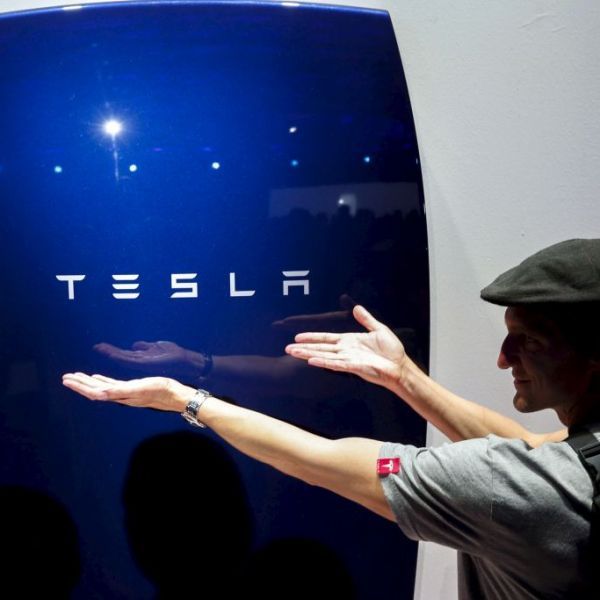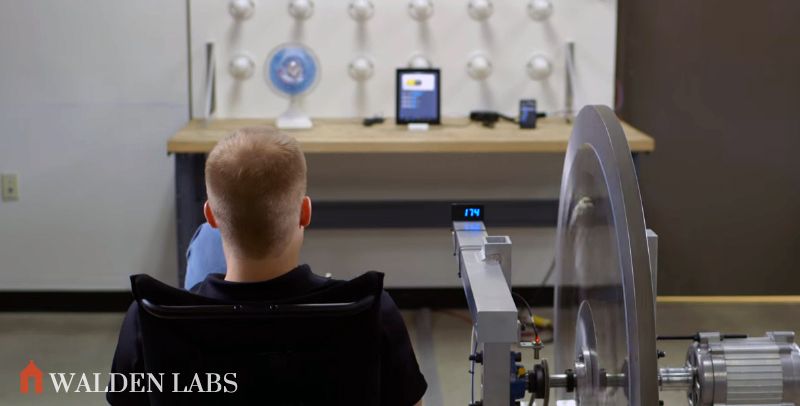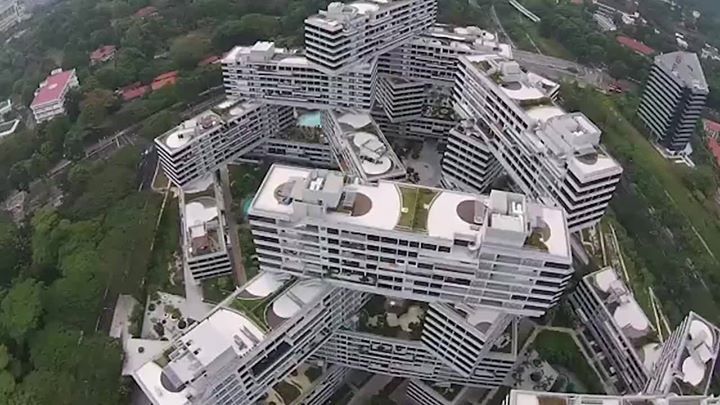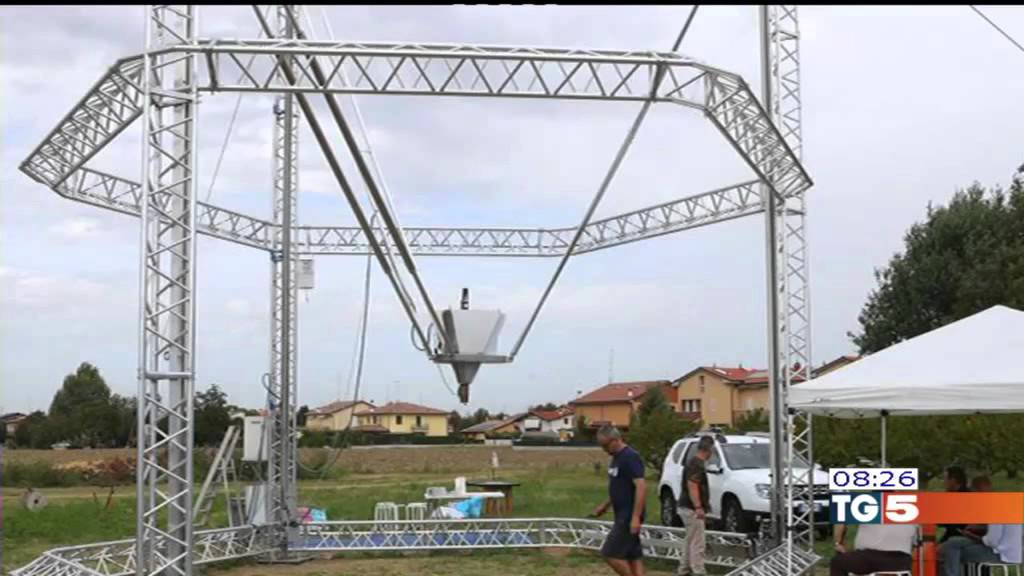Part of NASA’s recently passed budget plan laid out by Congress urges the space agency to develop a prototype deep space habitat by as early as 2018.
Category: habitats – Page 139
A machine prototype called Farma can let you manufacture your daily prescription of drugs right in your own home. Designed by MIT Media Lab graduate Will Patrick, the concept tech features a green cylinder and uses blue-green algae that’s genetically engineered to produce pharmaceutical drugs.
In the future, you might be able to skip the pharmacy and, instead, make your treatments along with your morning breakfast.
Would you exercise for an hour every day if the workout powered your home for twenty-four hours?
People often complain about the high costs of energy and the fact that they “never have time to workout.” This invention certainly solves both conundrums.
And, most importantly, this free power invention has the potential to lift the 1.3 billion people who presently live without electricity out of poverty.
Derek Muller of ‘Veritasium’ explores the impact of the Northeast blackout of 2003 and the innovations in energy that are essential to keeping the lights on. For more on the future of energy, check out Breakthrough’s ‘Energy on the Edge’ episode on the National Geographic Channel airing Sunday 11/29 at 9/8c.
Check Out Veritasium’s ‘How Long Will You Live’: http://bit.ly/21fLyDN
GE works on things that matter. The best people and the best technologies taking on the toughest challenges. Finding solutions in energy, health and home, transportation and finance. Building, powering, moving and curing the world. Not just imagining. Doing. GE works.
Connect with GE Online:
Smart Bricks — A New Way to Build!
Posted in habitats








